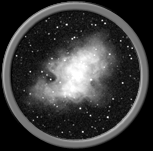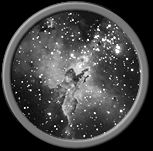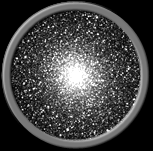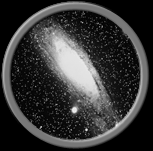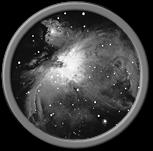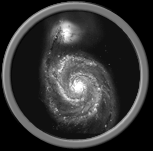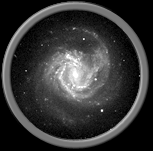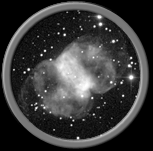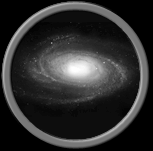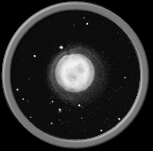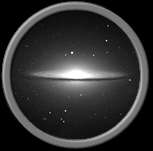
The Messier Catalog of
Deep Sky Objects
 The Messier Catalog, sometimes known as the Messier Album or list of Messier objects, is one of the most useful tools in the astronomy hobby. In the middle of the 18th century, the return of Halley's comet helped to prove the Newtonian theory, and helped to spark a new interest in astronomy. During this time, a French astronomer named Charles Messier began a life-long search for comets. He would eventually discover 15 of them. On August 28, 1758, while searching for comets, Messier found a small cloudy object in the constellation Taurus. He began keeping a journal of these nebulous (cloudy) objects so that they would not be confused with comets. This journal is known today as the Messier Catalog, or Messier Album. The deep sky objects in this catalog are commonly referred to as Messier objects.
The Messier Catalog, sometimes known as the Messier Album or list of Messier objects, is one of the most useful tools in the astronomy hobby. In the middle of the 18th century, the return of Halley's comet helped to prove the Newtonian theory, and helped to spark a new interest in astronomy. During this time, a French astronomer named Charles Messier began a life-long search for comets. He would eventually discover 15 of them. On August 28, 1758, while searching for comets, Messier found a small cloudy object in the constellation Taurus. He began keeping a journal of these nebulous (cloudy) objects so that they would not be confused with comets. This journal is known today as the Messier Catalog, or Messier Album. The deep sky objects in this catalog are commonly referred to as Messier objects.
The first of the Messier objects to be observed by Messier was the remnant of a supernova explosion known as the Crab Nebula (M1). Over the next few years, Messier and his colleagues would catalog a total of 110 nebulae, galaxies, and star clusters. Today, the Messier Catalog is a valuable tool for amateur astronomers. In fact, the "Messier Marathon" is somewhat of a rite of passage for those who are new to the hobby. Astronomy enthusiasts have been known to stay up all night in an attempt to observe all 110 Messier objects before the Sun rises the next morning.
Although many deep sky objects can display a wide array of colors in long exposure photographs, the human eye is not sensitive enough to see most of these colors through a small telescope. The photos in this section are presented in black and white to best represent the view that would be seen through a telescope. Many of these photos are copyright protected. Click here for copyright & source information. Click the link below to open the catalog or use the menus below to help locate a specific object within the catalog.
Learn more about the Messier objects:




